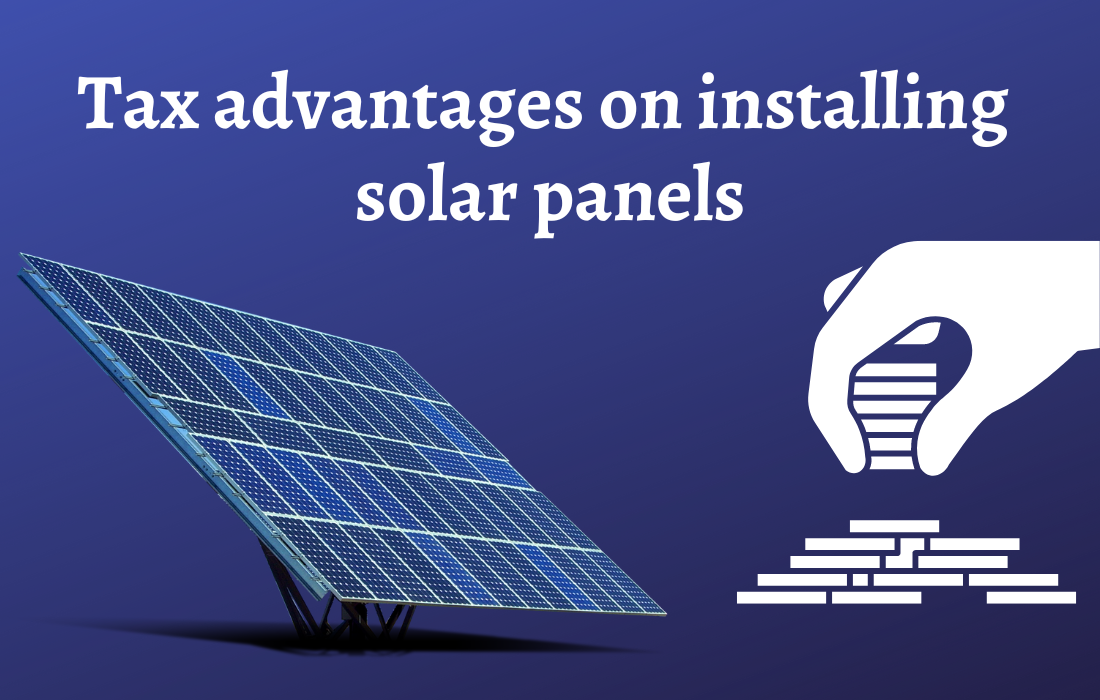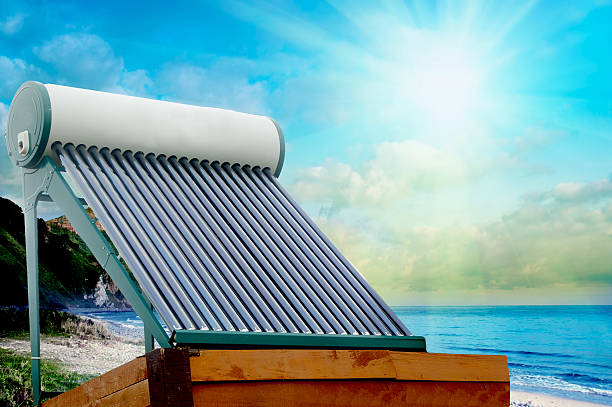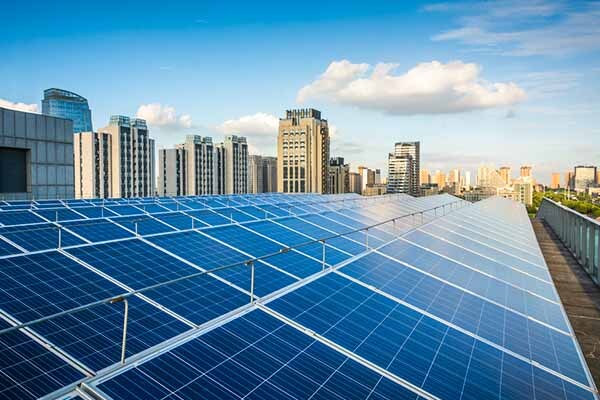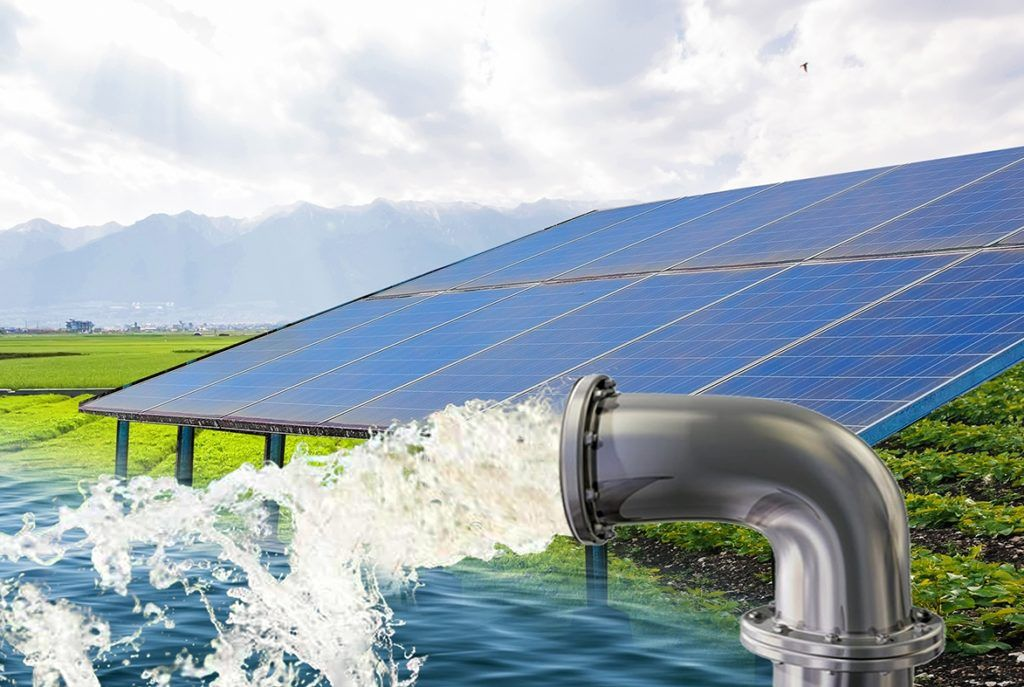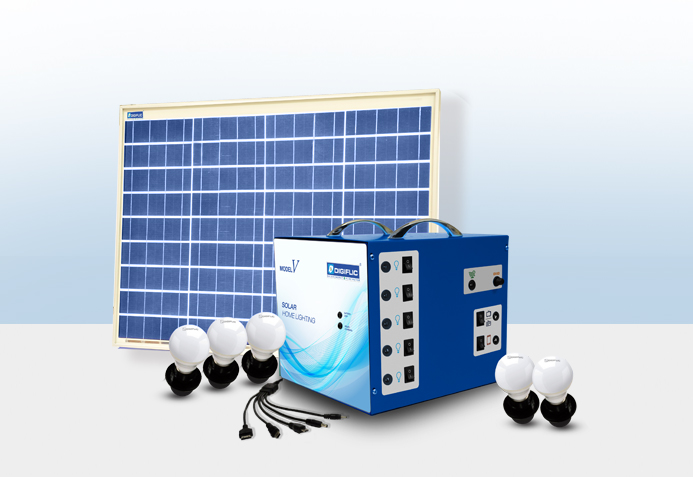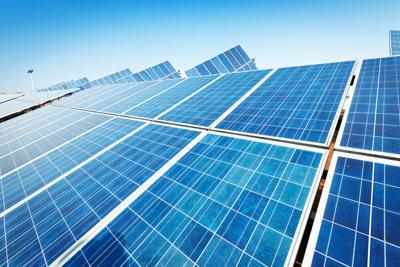Sunspeed Solar Panels
Price, Types, Technology, Brands & A Complete Guide
The installation of solar panels is the trend now. The commercialization of clean and green solar energy electricity is underway. People are rapidly adopting renewable energy sources these days. India is also becoming a renewable energy superpower.
India is attempting to transition to a renewable energy source. The government aims to reach 175 GW of installed renewable energy capacity by the end of 2022. Solar panel installations will yield 100 GW of the total target.The top solar panel installation company in Mumbai is anticipated to operate at peak efficiency and produce the intended results. To date, 23 GW of the target has been met, with another 40 GW in the process of being installed. India is becoming a world leader in solar energy generation.
Are you aware that a mega-sized solar panel installation can produce up to 87 percent of the energy?
This is why the usage of solar rooftop panels is increasing at an unprecedented rate. The installed capacity of solar rooftops increased from 117MW to 1250MW between 2013 and 2016. As a result, solar EPC firms in India want greater incentives.
The National Solar Mission of India, run by the Ministry of New and Renewable Energy, aims to generate 40 GW of power from rooftop solar by 2022. It’s a big project, but it’s definitely doable. To help realize the ideal, the government is providing numerous tax breaks and other incentives.s
